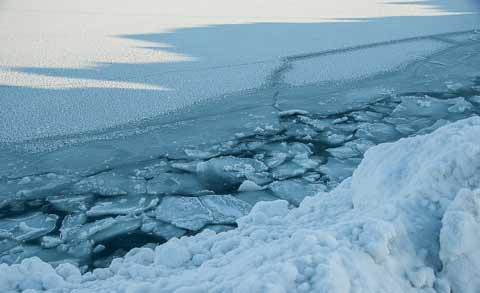Scientists say the frozen continent is likely to ‘alter rapidly under future warming, leading to major changes in the biology and landscape of this iconic region’
Plant life is growing on Antarctica like never before in modern times, fuelled by global warming which is melting ice and transforming the landscape from white to green, researchers said Thursday.
Scientists studying moss in an area spanning 640km have found a sharp increase in growth over the past 50 years, said the report in the journal Current Biology. Plant life exists on only about 0.3 per cent of Antarctica.
“Temperature increases over roughly the past half century on the Antarctic Peninsula have had a dramatic effect on moss banks growing in the region,” said co-author Matt Amesbury, of the University of Exeter.
“If this continues, and with increasing amounts of ice-free land from continued glacier retreat, the Antarctic Peninsula will be a much greener place in the future.”
Five moss cores – or column-like samples drilled from the Earth – showed evidence of what scientists called “changepoints,” or points in time after which biological activity clearly increased.
Areas sampled included three Antarctic islands – Elephant Island, Ardley Island, and Green Island – where the deepest and oldest moss banks grow, said the report.
Since 1950, temperatures in the Antarctic Peninsula have risen by about half a degree Celsius each decade – much faster than the global average.
And growth rates of moss after about 1950 have been running at four to five times the level before that year, according to a study by UK-based researchers who studied three sites across a 1,000km stretch of the peninsula.
 Dainik Nation News Portal
Dainik Nation News Portal




